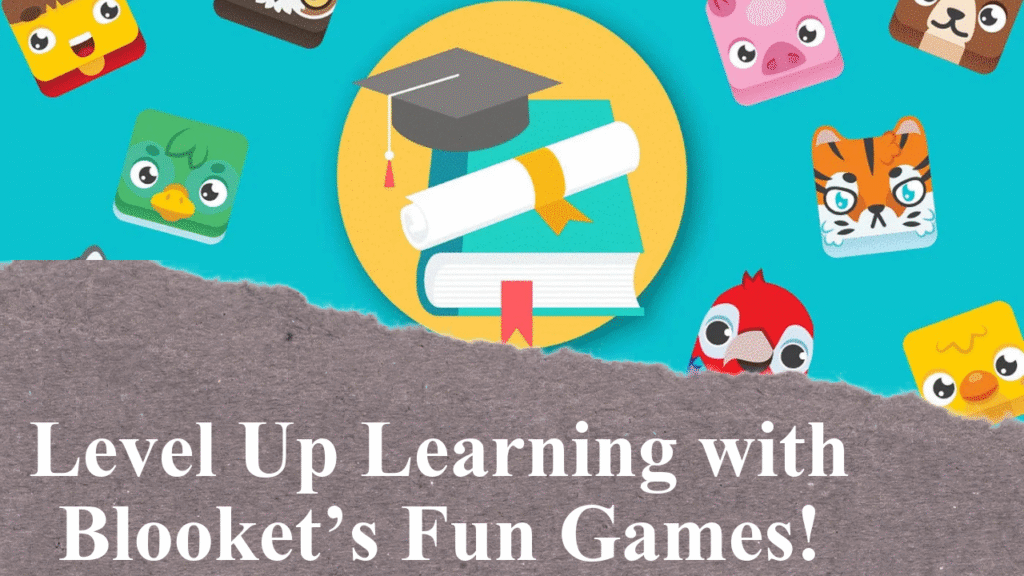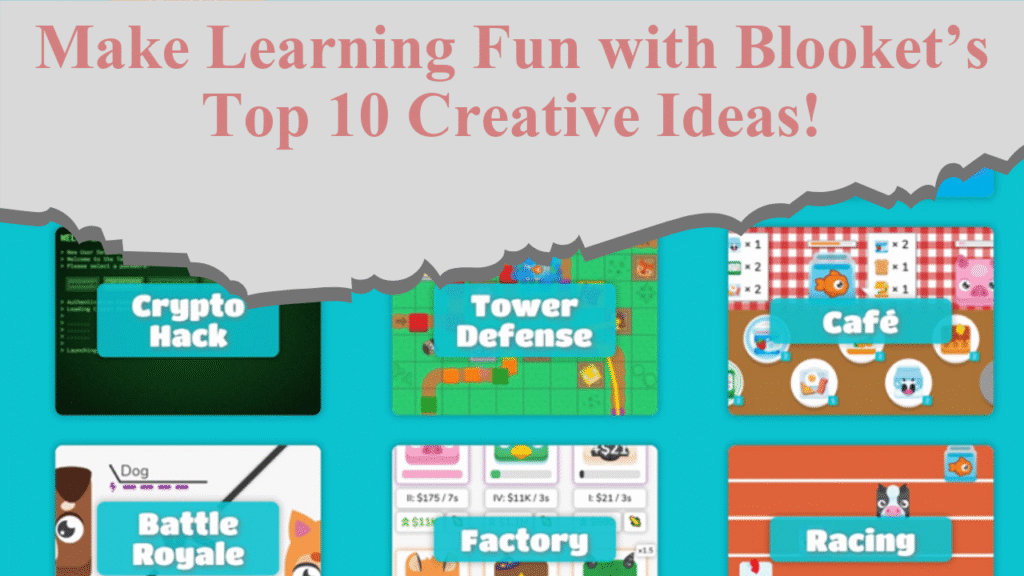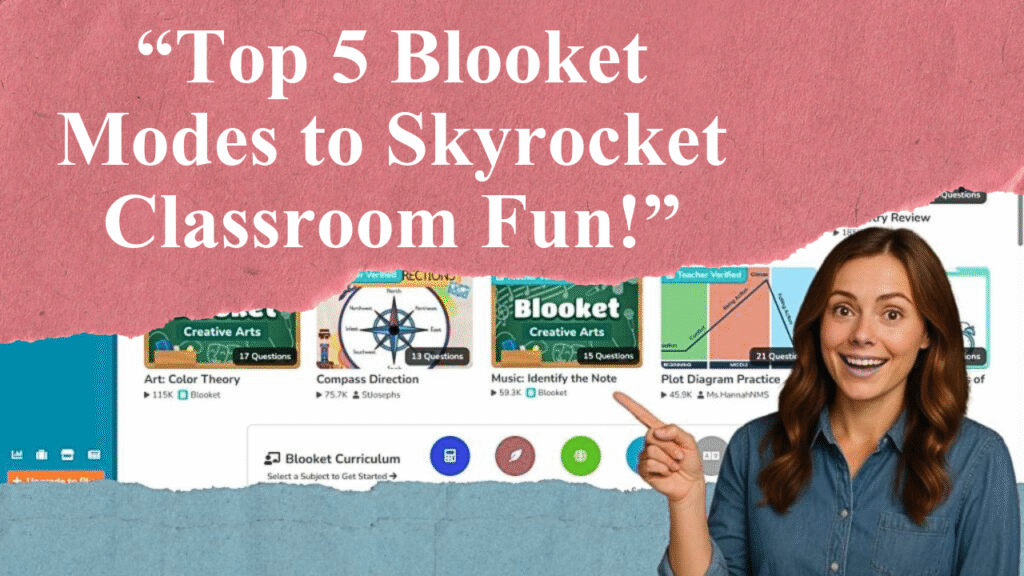“Blooket transforms classroom learning with gamified quizzes and real-time analytics. This guide explores how teachers can use Blooket’s diverse game modes, customizable question sets, and data-driven insights to boost student engagement, foster collaboration, and enhance learning outcomes across subjects.”
Mastering Classroom Engagement with Blooket
Blooket is a gamified learning platform that redefines classroom engagement by blending education with interactive, game-based experiences. Designed for educators seeking innovative ways to captivate students, Blooket offers a versatile, user-friendly interface that supports a variety of subjects and grade levels. Its ability to transform traditional quizzes into competitive, engaging activities makes it a standout tool for modern classrooms.
Teachers can start by signing up for a free account on Blooket.com, either using a Google account or email. Once registered, educators can create custom question sets tailored to their curriculum or choose from a vast library of pre-made sets covering subjects like math, science, history, and language arts. These sets, known as “Blook Sets,” form the foundation of Blooket’s games, allowing teachers to align content with specific learning objectives. For example, a history teacher might design a question set on the American Revolution, incorporating multiple-choice questions about key events, figures, and dates.
Blooket’s strength lies in its diverse game modes, each offering a unique way to engage students. Popular modes include Gold Quest, where students answer questions to collect or steal virtual gold, and Tower Defense, which challenges players to build defenses by answering correctly. Other modes like Café Mode and Racing add variety, catering to different learning styles and classroom dynamics. These modes can be played live in class for real-time competition or assigned as homework for self-paced learning, making Blooket adaptable to both in-person and hybrid settings.
Real-time analytics is a cornerstone of Blooket’s appeal. The platform’s dashboard provides detailed reports on student performance, including metrics like correct answers, response times, and overall scores. Teachers can use these insights to identify learning gaps and adjust instruction accordingly. For instance, if a report shows students struggling with a specific math concept, such as fractions, the teacher can create targeted Blooket games to reinforce that skill. Integration with tools like FineReport and FineBI further enhances data analysis, offering educators a comprehensive view of student progress.
To maximize engagement, Blooket incorporates gamification elements like leaderboards, points, and customizable avatars called “Blooks.” Students earn points through correct answers, which they can use to unlock themed Blooks, fostering a sense of achievement and friendly competition. Teachers can set class goals, such as achieving a certain accuracy percentage, to motivate students further. For example, a middle school science class might aim for an 85% accuracy rate in a game on ecosystems, with rewards like extra credit or classroom privileges for reaching the target.
Blooket’s flexibility extends to its integration with other educational tools. Teachers can import Quizlet flashcard sets into Blooket, streamlining content creation. The platform also supports Google Classroom and Microsoft Teams, allowing seamless assignment sharing and progress tracking. For younger students, teachers must ensure compliance with privacy laws, as Blooket prompts account creation after games, which is restricted for those under 13.
Implementing Blooket effectively requires strategic planning. Start with simple game modes to familiarize students with the platform, then gradually introduce more complex ones. Incorporate Blooket into lesson plans for formative assessments or end-of-unit reviews to keep skills fresh. Encourage collaboration by using team-based modes like Factory, where students work together to boost their in-game output. To maintain engagement, vary game modes and question types to prevent monotony.
Despite its strengths, Blooket has limitations. Its focus on multiple-choice questions may not suit all learning objectives, and the free version caps live game participation at 60 students. Some educators note that the competitive nature can overstimulate certain students, particularly those with ADHD, requiring careful management. Additionally, the lack of advanced search filters in Blooket’s library can make finding specific content challenging.
Blooket’s impact is evident in classrooms worldwide. A 2024 case study from a middle school using Blooket for remote learning reported increased student motivation and participation, with 90% of teachers noting improved content retention. By combining fun, competition, and data-driven insights, Blooket empowers educators to create dynamic, student-centered learning environments that make education both effective and enjoyable.
Disclaimer: This article is based on educational reports, teacher testimonials, and platform features as of October 2024. Always verify privacy compliance and subscription details before use. Sources include Blooket’s official website, Common Sense Education, and educator blogs.




